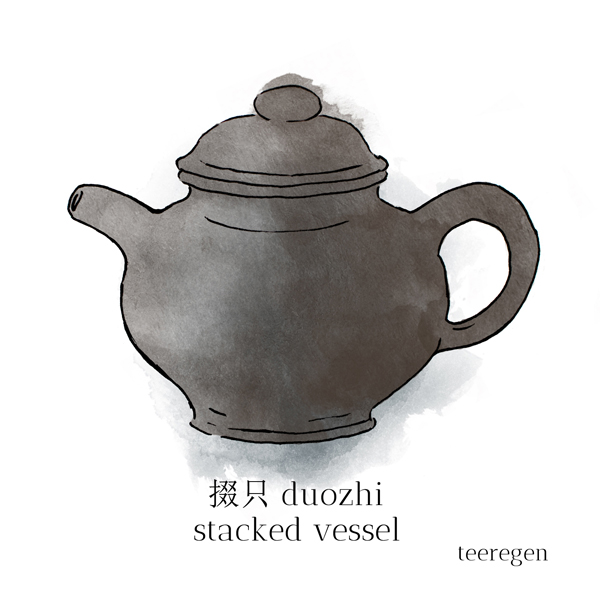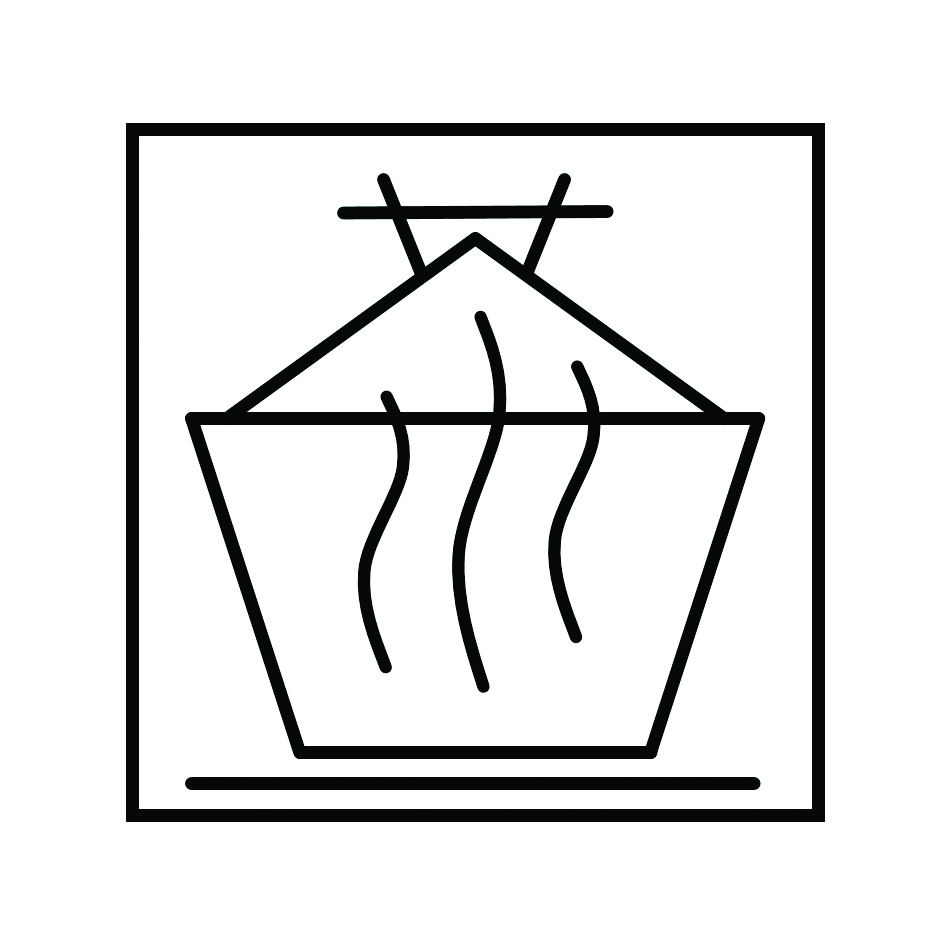Teapot king..

掇只
–
duo zhi
–
stacked vessel
掇 duo means ‘to move’ or ‘to put’ while 只 zhi indicates an object or vessel, so a vessel that can be moved or put somewhere. Another explanation is an old large vessel for storing soy sauce or oil named 掇子 duozi which inspired the duozhi shape.
The inventor of the duozhi teapot is 邵大亨 Shao Daheng, so the same as with the Fanggu teapot. If you compare the two styles, you will easily spot similarities in the top half of the teapots. The Duozhi teapot is taller, with an extended bottom part added for stability (and also adhering to the shape of the original vessel it is named after).
There is one single famous 大亨掇只 Daheng Duozhi named 壶王 Huwang (‘teapot king’) in the Shanghai Sihai 四海 teapot museum. This is one giant mother of all teapots created by teapot master Daheng with a volume of a whopping 2.5l. The title of ‘teapot king’ is only applied to this one unique Duozhi teapot. The pot is described as 一壶千金, 几不可得 yihu qianjin, jibukede (‘one pot of a thousand gold, there cannot be multiples of it’). This teapot king is more than 30cm wide and 20cm tall. The skill to make a giant teapot without flaws out of Yixing clay is unparalleled. Yet the teapot is mighty but still elegant. Rumor has it that someone tried to buy that teapot for 100 million RMB but was rejected.
Get yourself some ‚Teapot Shapes I‘ and ‚Teapot Shapes II‘ postcards!
LY
